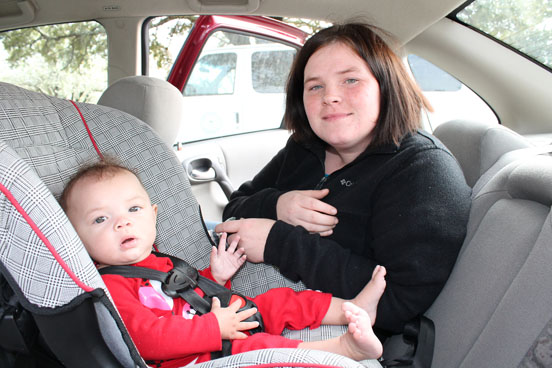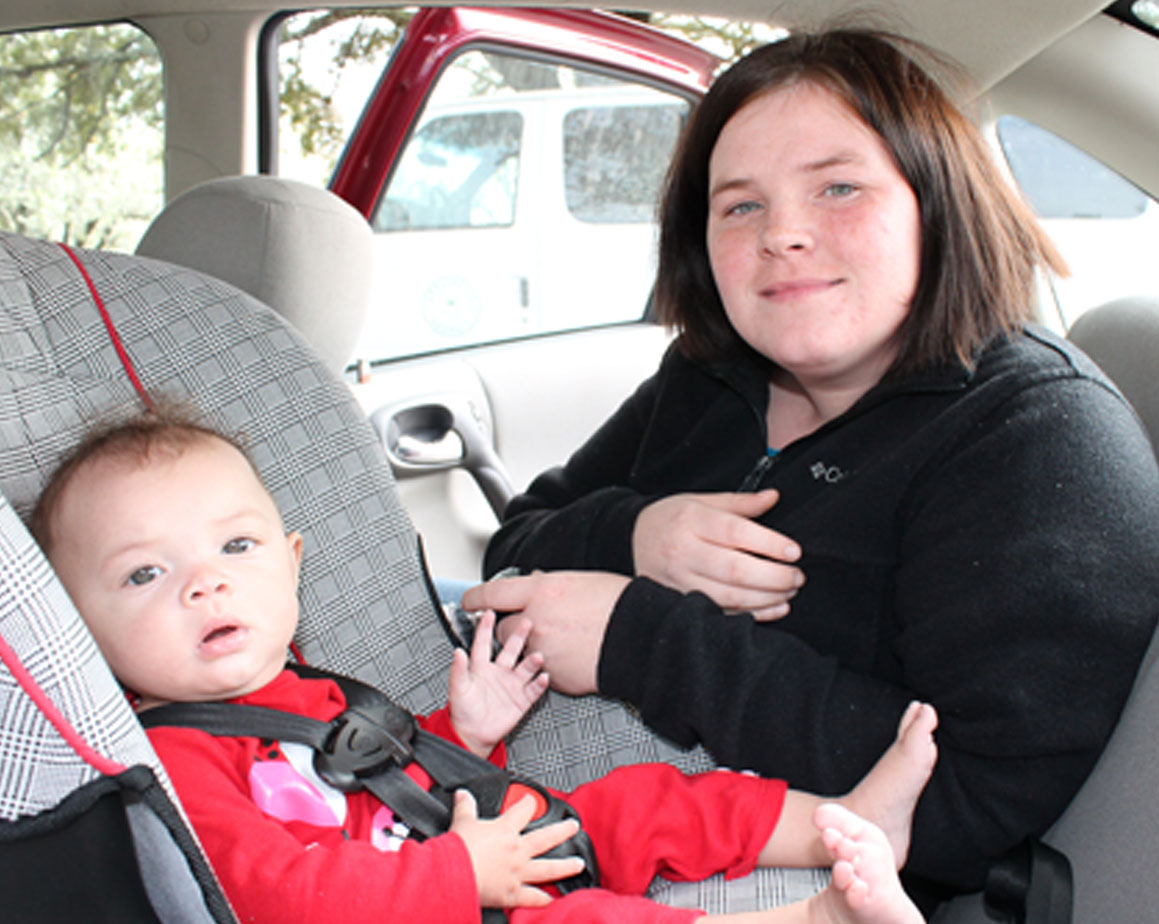Every year, hot summer temperatures lead to life-threatening heatstroke. Adults know to keep themselves hydrated and to get to a cooler place if they begin to feel overheated. Children, however, often don’t know how to protect themselves.
Heatstroke in children, particularly those left in vehicles, is very serious.
“Heatstroke in vehicles is the leading cause of all non-crash-related fatalities involving children 14 and younger, translating to 61 percent of total non-crash fatalities in this age group,” according to the National Highway Traffic Safety Administration. Unfortunately, fatalities from heatstroke are too common.
It is important that we understand the anatomy of children as well as what happens to the body during heatstroke. Small children and infants are very sensitive to extreme heat. A child’s body absorbs heat more rapidly than an adult's, making a child's core body temperature rise three to five times faster.
Bear in mind that, if it’s 90 degrees Fahrenheit outside, the temperature inside a vehicle can be over 125 degrees in 20 minutes. The temperature continues to increase as time elapses.
When heatstroke occurs, a child sweats and overheats, just like an adult does. Children’s body temperatures continue to rise and they cannot regulate those temperatures. At this point, the child may display symptoms like lack of sweating, dizziness, lethargy and disorientation. If they remain in the extreme heat, they will lose consciousness. Once their internal body temperature reaches 107 degrees, their organs begin to fail and permanent damage or death quickly follows. This is both grotesque and preventable.
We must remember that this could happen to anyone. We have all seen the news stories about children dying after being left unattended in a vehicle. We think, “How could they just leave a child in the car?” or “How could they forget?” We like to think it could not happen to us, but I am here to tell you that, once a child falls asleep in the back of the car or you are not in your daily routine, it could happen. I have taken my children halfway to work only to realize I was supposed to drop them off at the childcare center. Infants in rear-facing car seats are more at risk of being forgotten because you don’t see them as you exit the vehicle.
University of Georgia Cooperative Extension recommends the following tips to avoid heatstroke in children:
- Never leave a child unattended in a vehicle, even if it is “just for a minute.” Don’t do it!
- Look twice! An ounce of prevention is worth a pound of cure. It takes little to no time to glance at the backseat.
- Put something that you will definitely miss in the backseat with the child. Consider placing your purse, cell phone or, if you are like me, a part of your outfit in the backseat.
- Install a mirror that allows you to see a child in a rear-facing car seat.
- Avoid distractions while driving. Cell phones are notorious for attracting our attention.
- Finally, if you see a child who has been left unattended in a vehicle, call 911. You may feel like you are being nosy or that it is not your concern, but precious children are a concern for all of us.
Have a safe and wonderful summer!





.png)


